ZHCSGF1A July 2017 – September 2018 TLV741P
PRODUCTION DATA.
- 1 特性
- 2 应用
- 3 说明
- 4 修订历史记录
- 5 Pin Configuration and Functions
- 6 Specifications
- 7 Detailed Description
- 8 Application and Implementation
- 9 Power Supply Recommendations
- 10Layout
- 11器件和文档支持
- 12机械、封装和可订购信息
封装选项
机械数据 (封装 | 引脚)
散热焊盘机械数据 (封装 | 引脚)
- DQN|4
订购信息
6.6 Typical Characteristics
over operating temperature range TJ = –40°C to +125°C, VIN = VOUT(nom) + 0.5 V or 2 V (whichever is greater), IOUT = 10 mA, VEN = VIN, COUT = 1 µF, and VOUT(nom) = 1.8 V (unless otherwise noted). Typical values are at TJ = 25°C.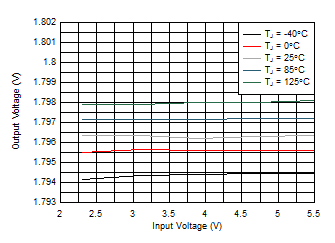
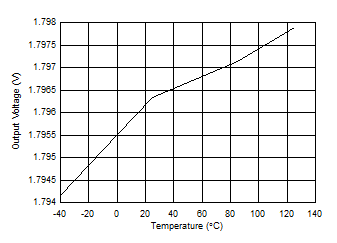
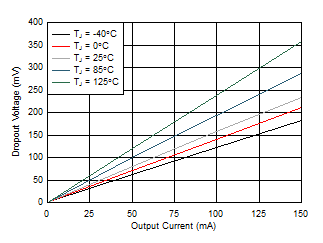
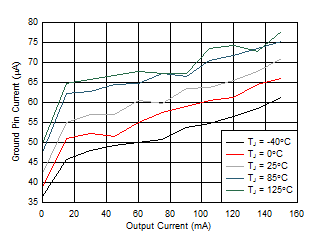
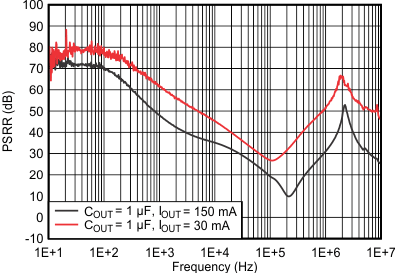
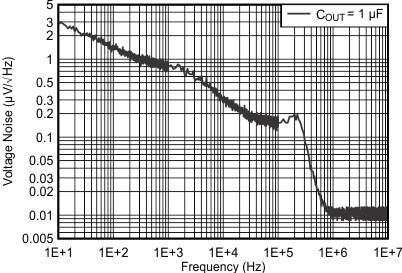
| COUT = 1 µF | ||
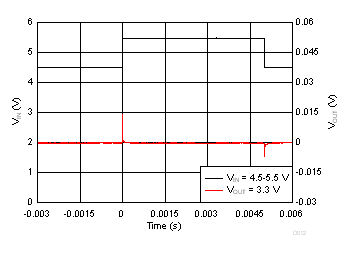
| IOUT = 1 mA |
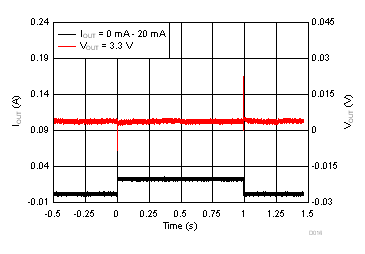
| IOUT = 0 mA - 20 mA | VOUT = 3.3 V |
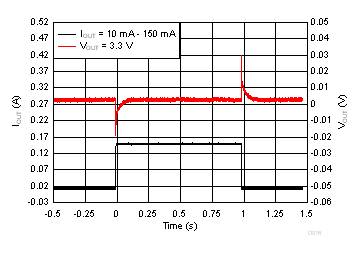
1.
Figure 17. Load Transient | IOUT = 10 mA - 150 mA | VOUT = 3.3 V |
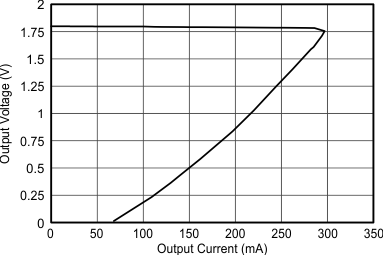
| TLV74118P | ||
(Foldback Current Limit)
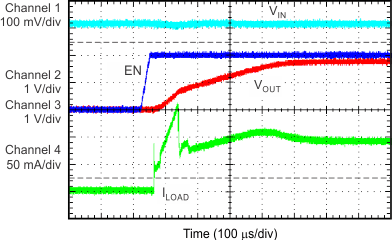
| VIN = 2.3 V | VOUT = 1.8 V | CIN = 1 µF |
| COUT = 10 µF | IOUT = 90 mA | TLV74118P
from design |
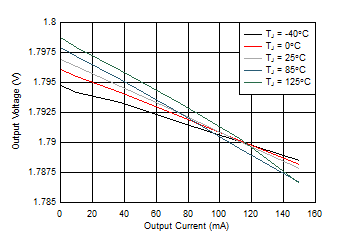
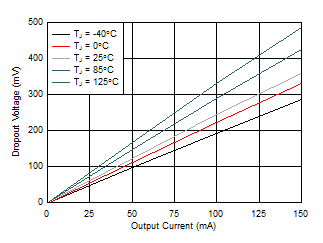
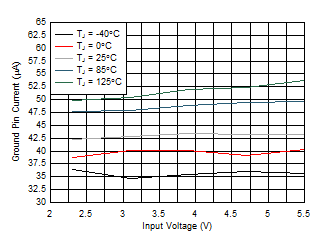
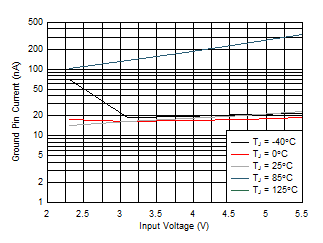
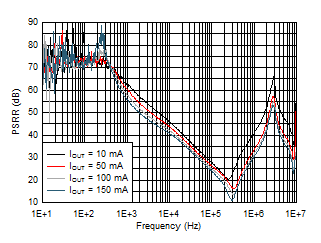
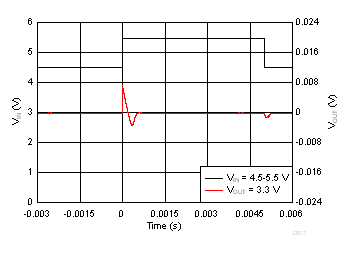
| IOUT = 0 mA | ||
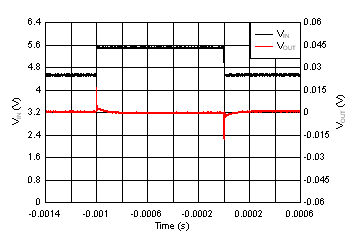
| IOUT = 150 mA |
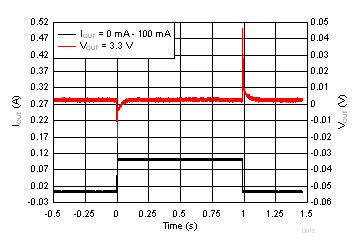
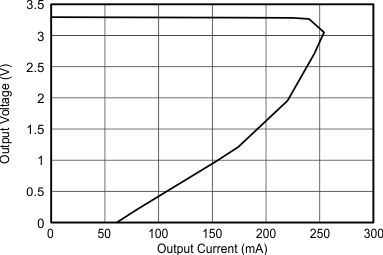
| TLV74133P | ||
(Foldback Current Limit)
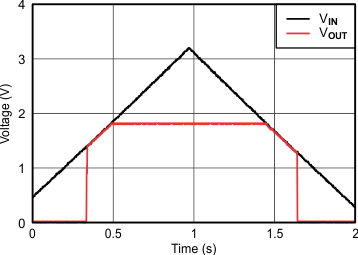
| TLV74118P | IOUT = 150 mA | |
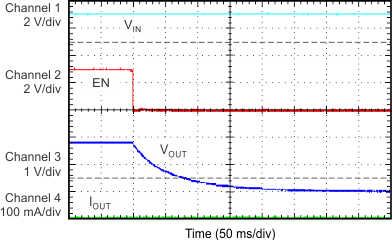
| VIN = 3 V | VOUT = 1.8 V | CIN = COUT = 1 µF | ||
| TPS74118P | No load | |||